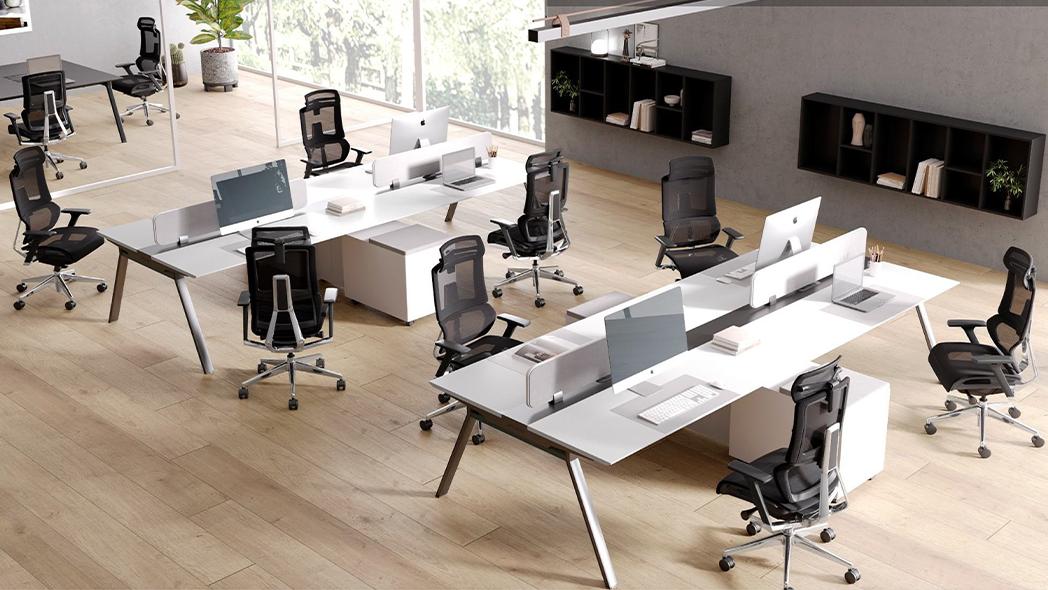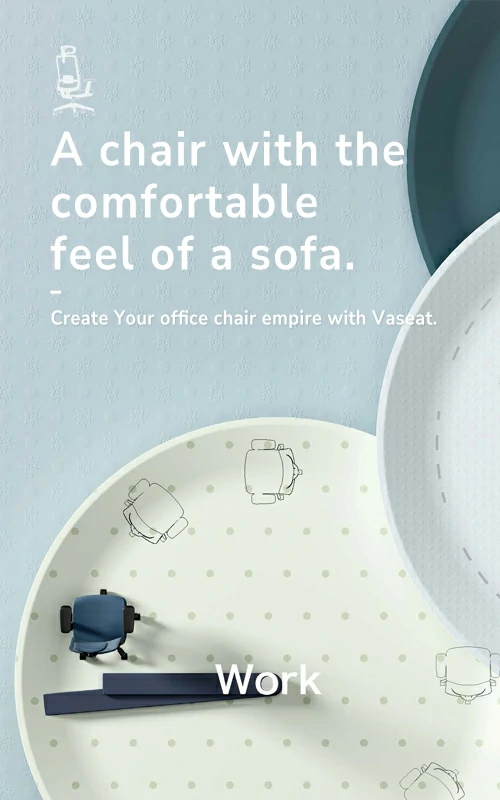Businesses today are increasingly aware of the major ergonomic chair advantages that support healthier and more productive workplace performance. Ergonomic office chairs provide a cost-efficient upgrade that improves comfort, posture, and daily focus across different job roles.
Reduction in Work-Related Discomfort and Injuries
Ergonomic chairs support the spine’s natural curve and help prevent workplace-related musculoskeletal disorders, a leading cause of back and neck pain in modern offices. Adjustable lumbar support and seat height ensure neutral posture for long hours of computer work.
Business impact: fewer medical claims and lower discomfort-related downtime.
Boosted Focus and Productivity
When chairs reduce fatigue, employees stay focused longer. Ergonomically supported movement contributes to higher task performance and productivity throughout demanding workdays.
A Smart Investment with Strong ROI
Though ergonomic chairs may cost more upfront, they deliver measurable financial returns through healthier and more stable performance. Organizations that prioritize ergonomics report reductions in absenteeism and turnover linked to discomfort and fatigue. Selecting ergonomic office chairs designed for business environments helps extend product lifespan and maximize value.
| Cost Saving Driver | Business Value |
| Lower sick leave | Reduced payroll interruption |
| Reduced injury risks | Fewer compensation expenses |
| Improved morale & retention | Lower rehiring costs |
| Longer service life | Lower replacement frequency |
Estimated ROI: investment typically recovered within 12–24 months in corporate environments.
Diverse Workforce Support Across Job Roles
With multi-directional adjustability, ergonomic chairs help individuals of different body types and job demands find healthy support — whether in executive workstations or call center seating zones.
- Seat depth and height adjustment
- Lumbar customization for spinal support
- 2D–4D armrests reduce shoulder strain
- Adaptive tilt for healthy posture shifts
Inclusive seating supports healthier culture and reduces variability in user comfort.

Ready for Hybrid and Remote Teams
Remote work often leads to poor seating. Providing ergonomic chairs for hybrid teams ensures consistent comfort and protects long-term employee health beyond the office.
Standard Chair vs Ergonomic Chair
| Outcome | Standard Chair | Ergonomic Chair |
| Back/Neck Pain | Common | Significantly reduced |
| Fatigue Rate | High | Lower |
| Productivity Stability | Unstable | Consistent |
| Product Lifespan | Short | Long |
How to Maximise Ergonomic Chair Advantages
Providing employees with adjustment guidance ensures long-term comfort. Simple steps like keeping feet flat, aligning lumbar support, and maintaining proper sitting posture promote circulation and spinal health. You can explore additional workstation tips in our guide to choosing the right ergonomic chair for workplace roles.
FAQs for Corporate Teams
Q1: Do ergonomic chairs eliminate back pain?
No, but they significantly lower risk in high-usage workstations.
Q2: Should companies upgrade all chairs at once?
Most businesses start with full-time desk roles, then expand based on ergonomics priorities.
Q3: Can a single chair fit multiple users?
Yes — if fully adjustable in lumbar, armrests, seat depth, and tilt.
Conclusion
Ergonomic chair advantages extend far beyond comfort — they support healthier teams, improve focus, and help reduce long-term workplace costs. For organizations aiming to enhance performance and retention, ergonomic seating is a practical, high-return investment in workforce well-being and productivity.



